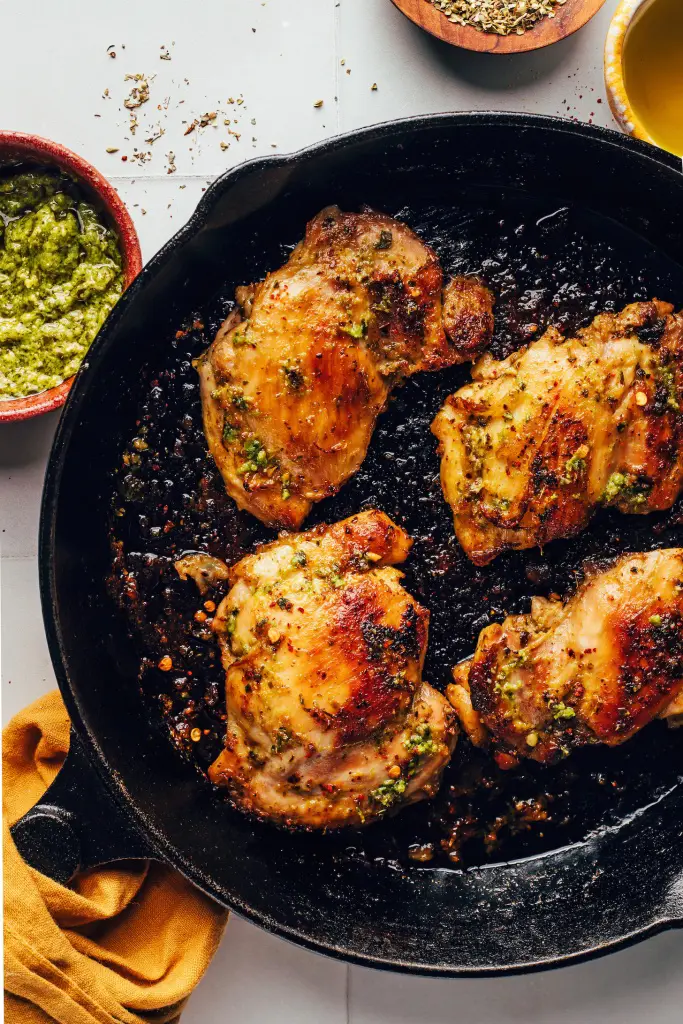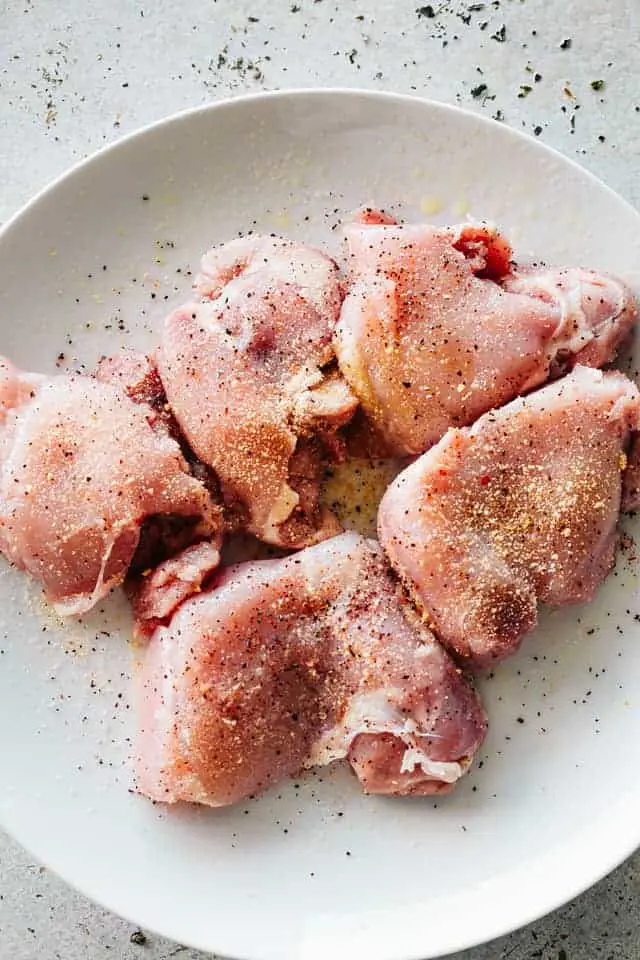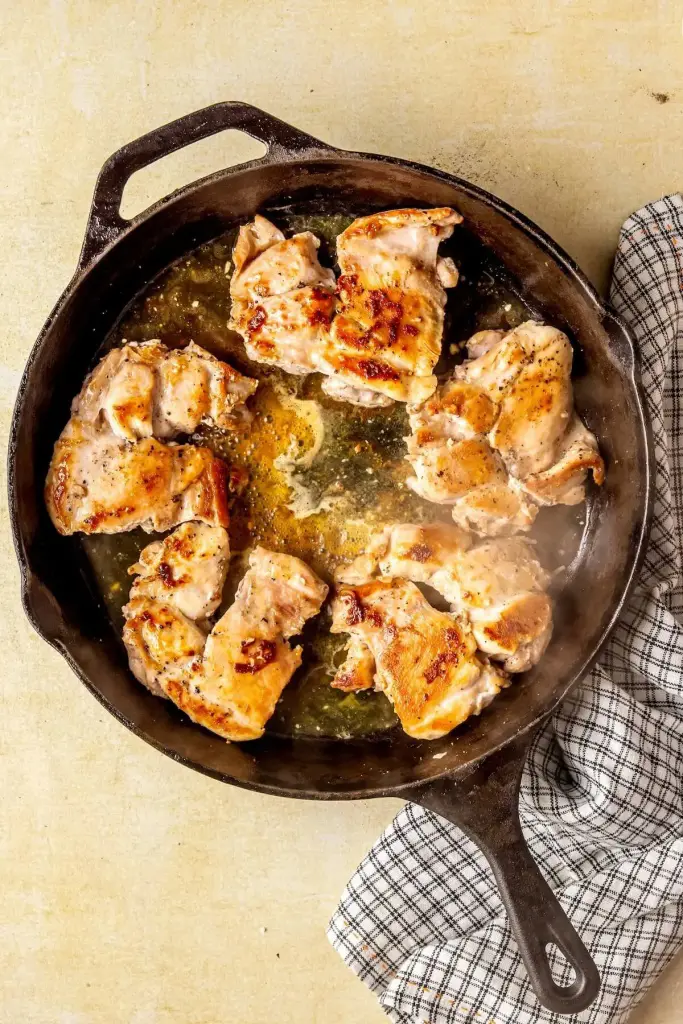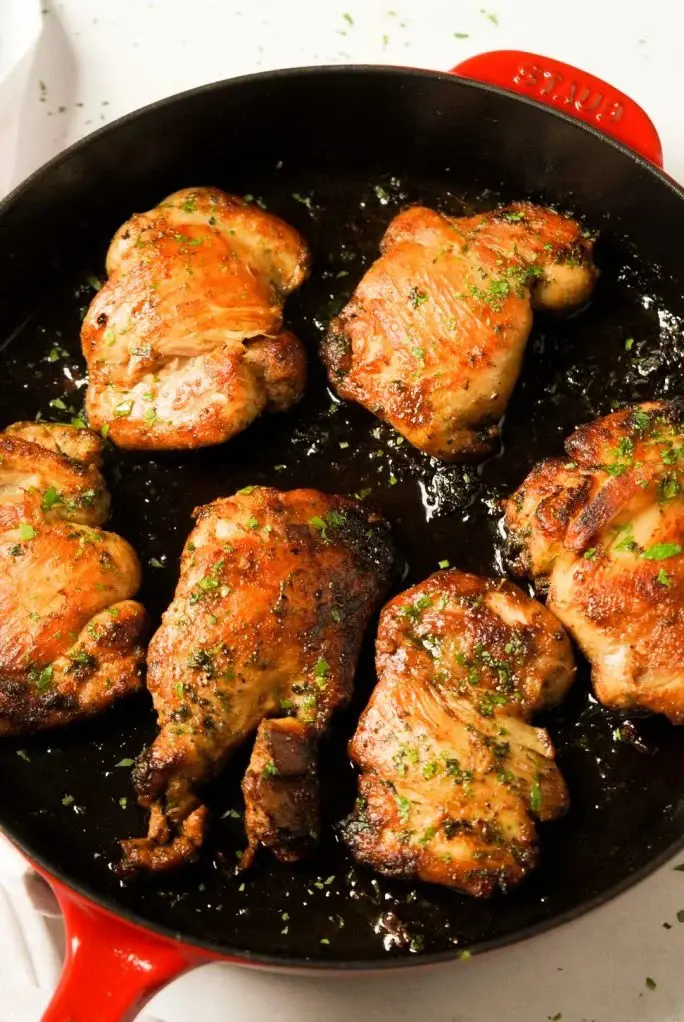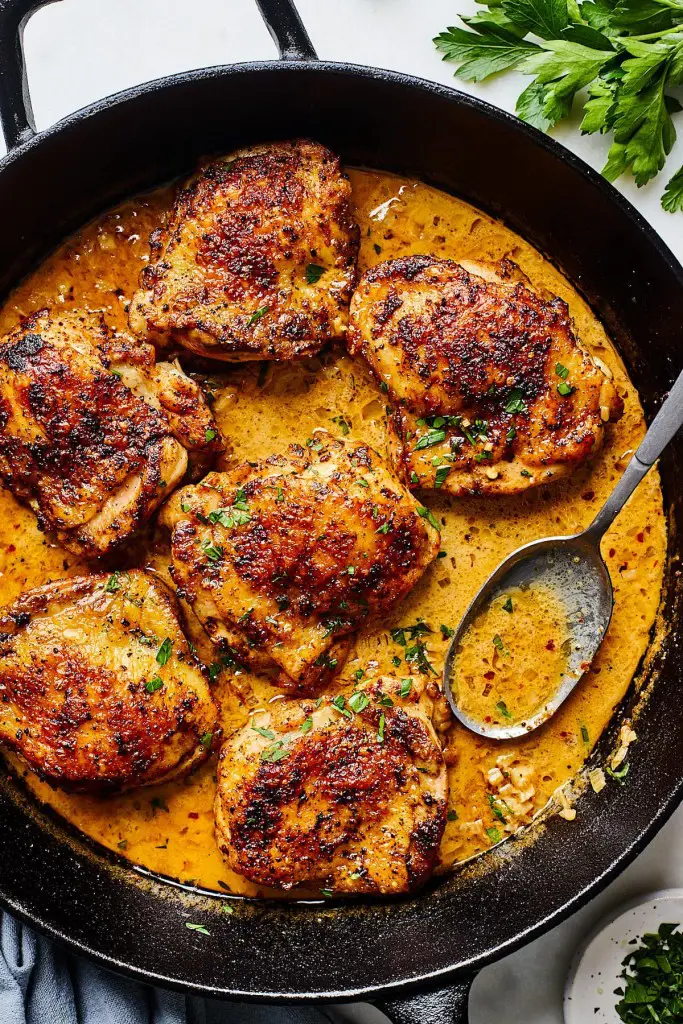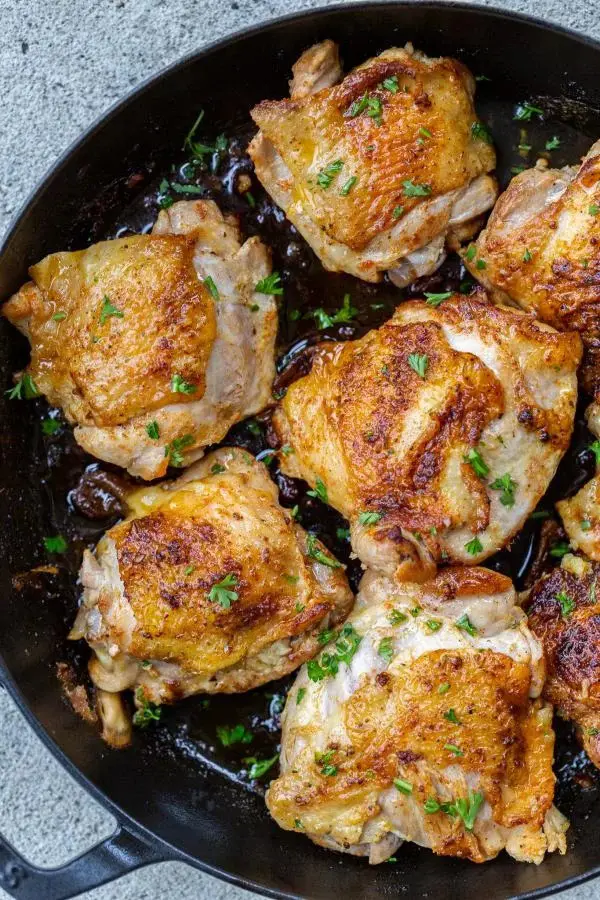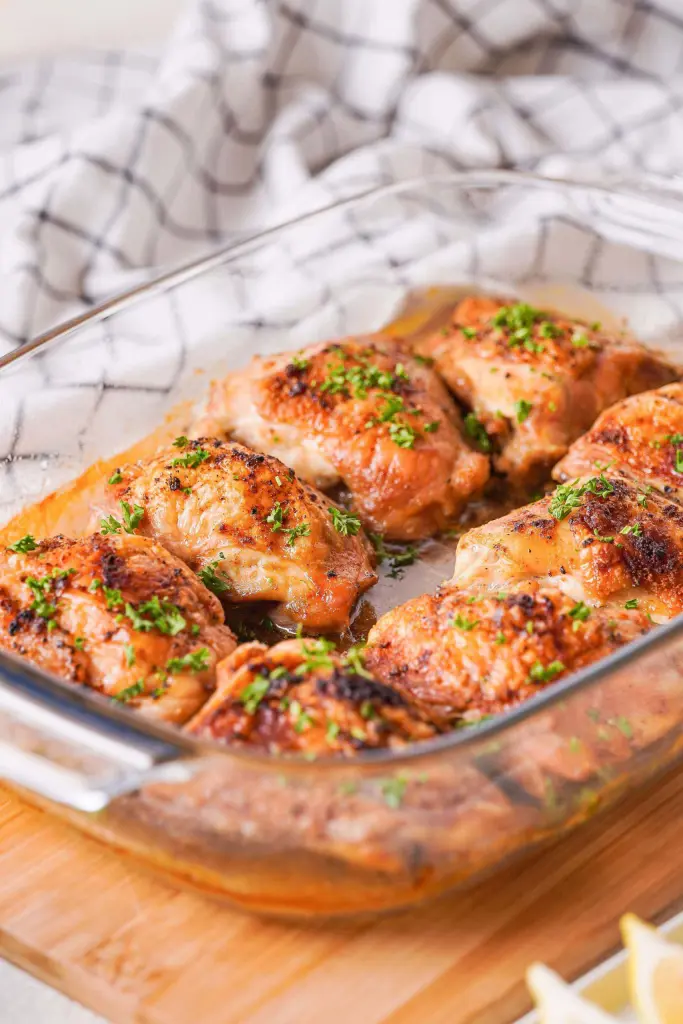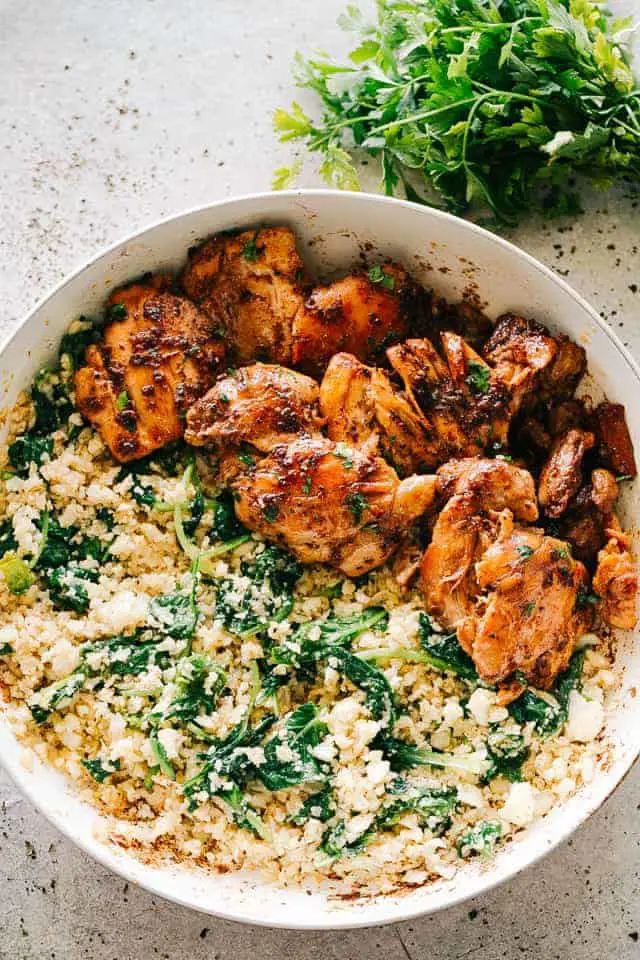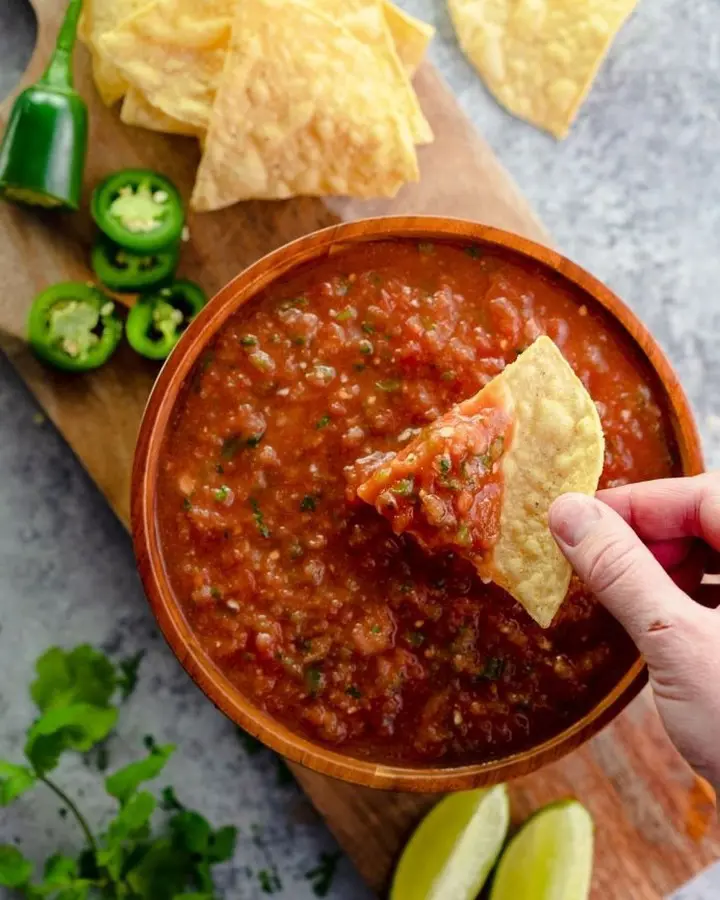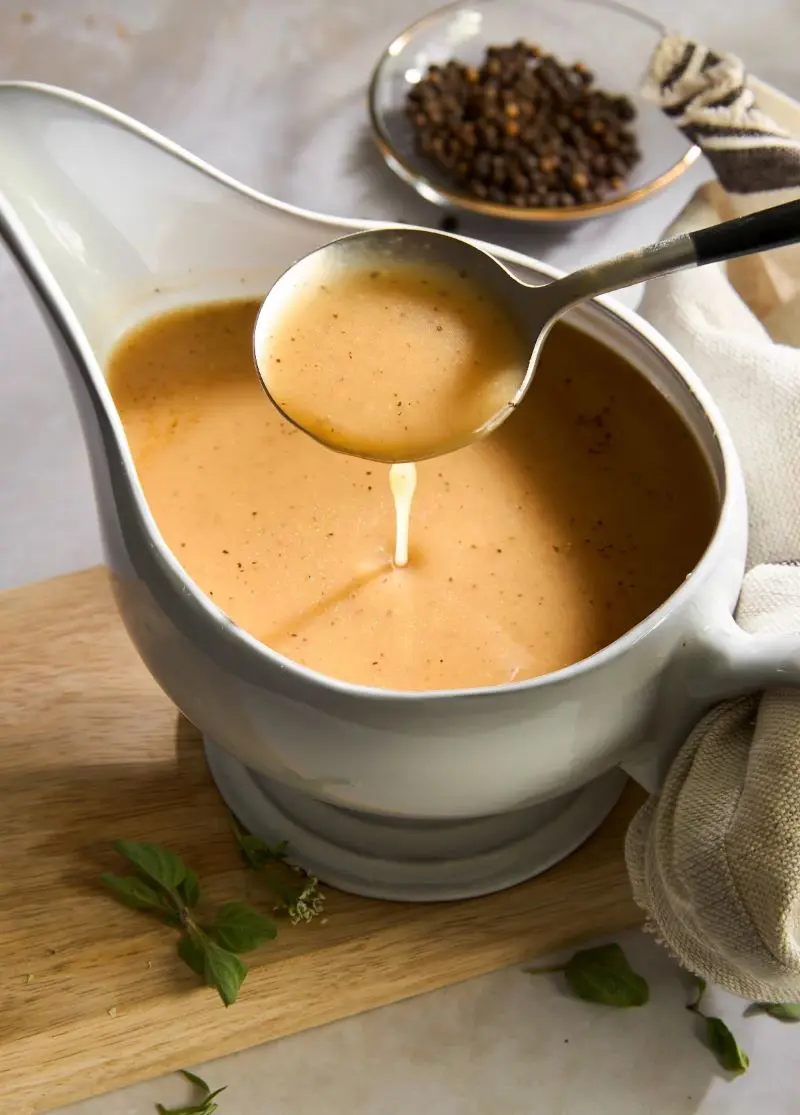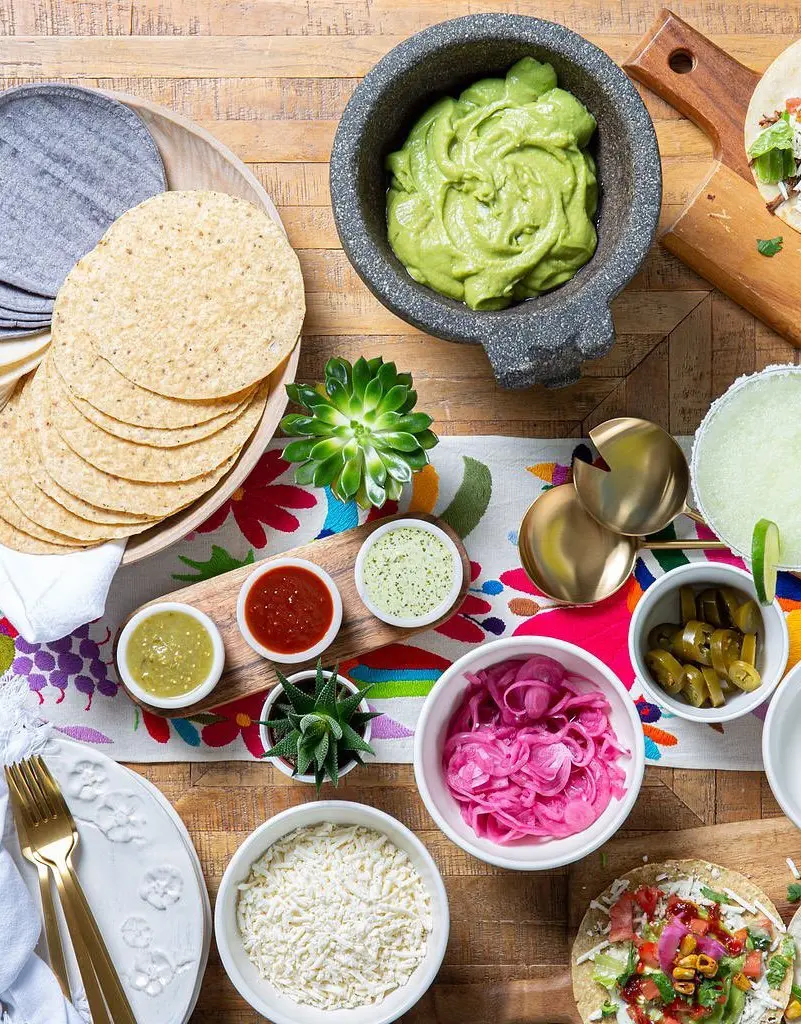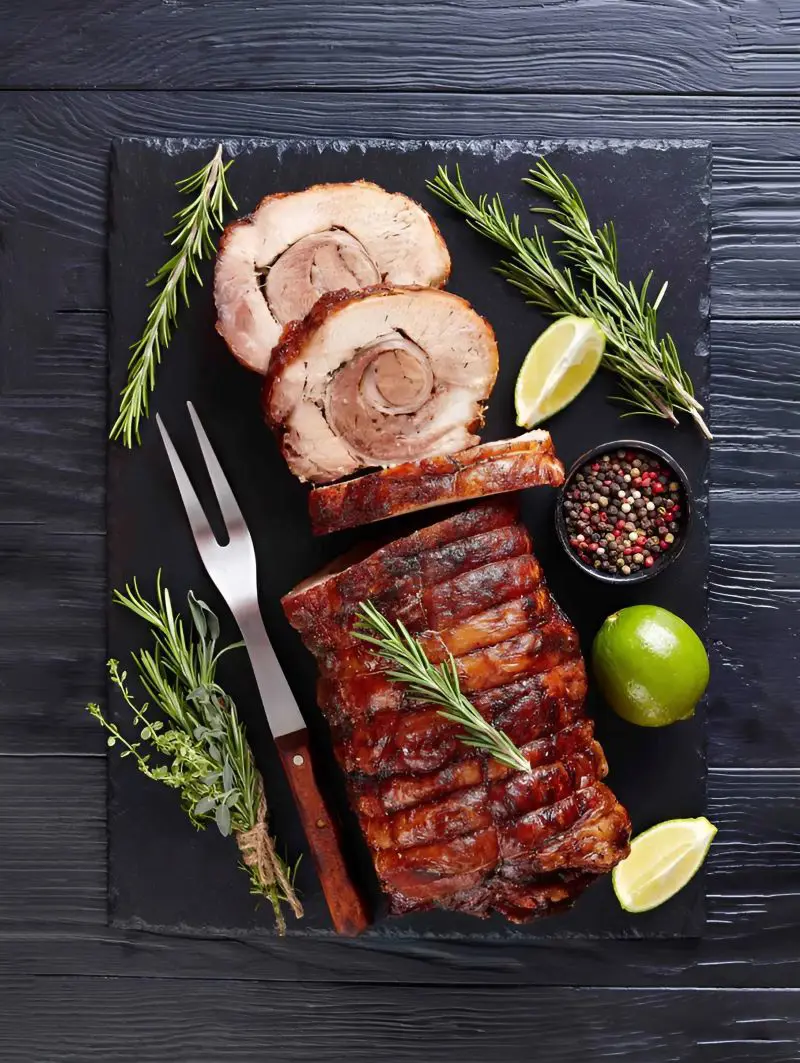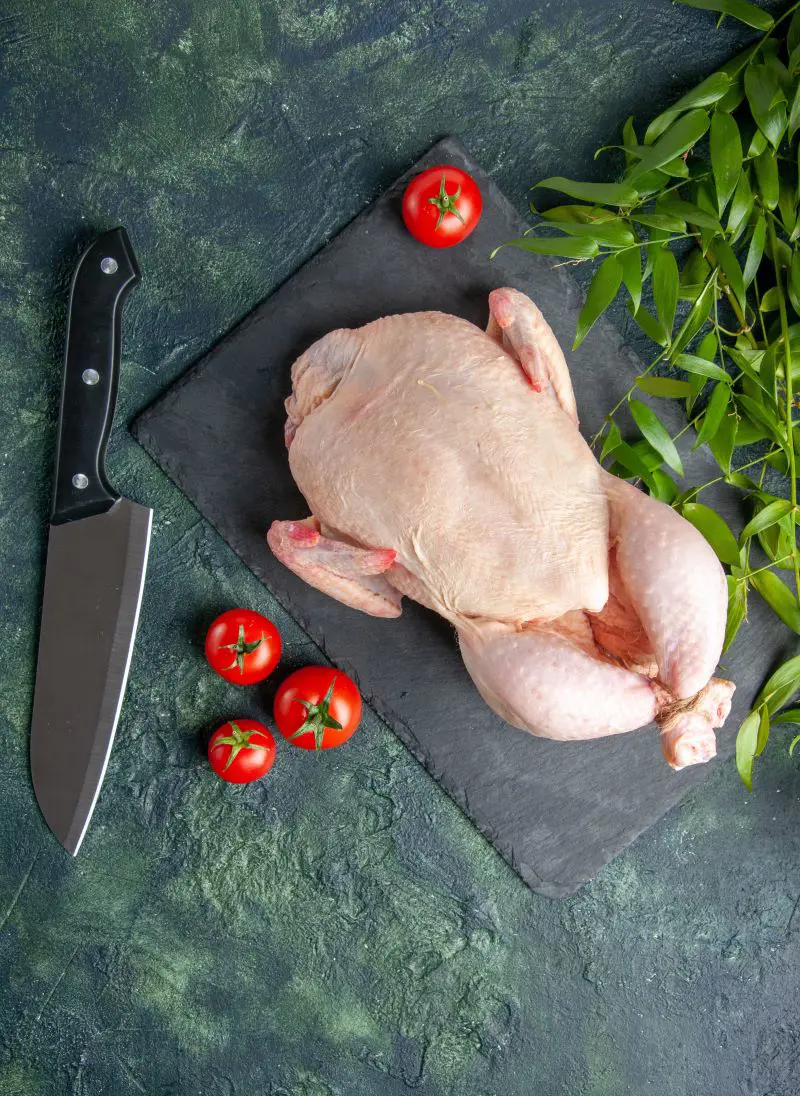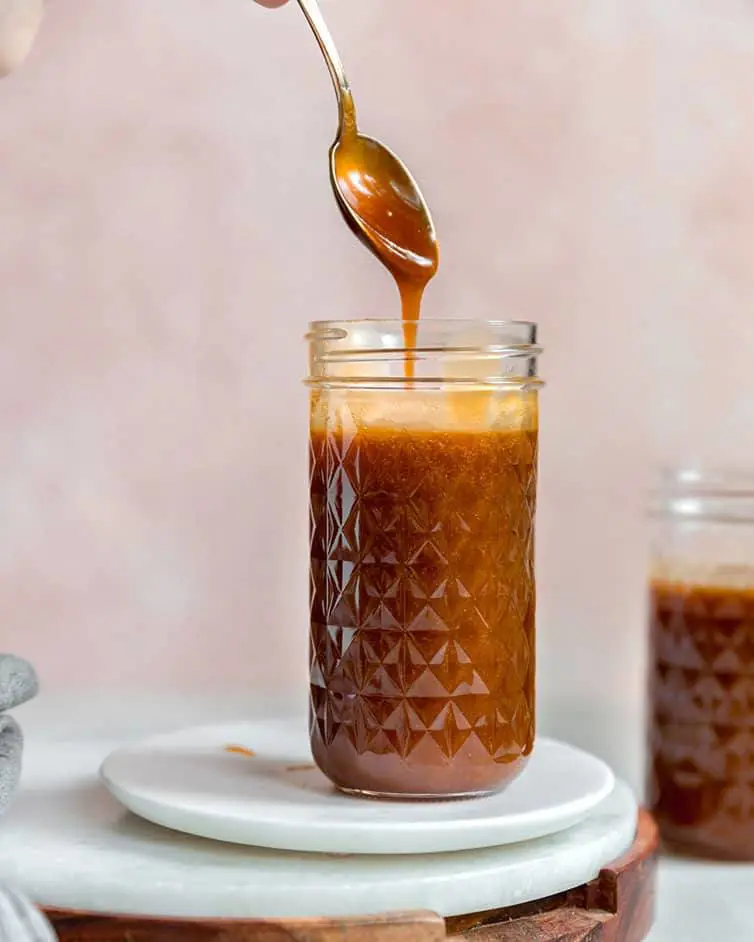Ingredients Used For Skinless Chicken Thighs Recipe
Mastering a delicious chicken dish often comes down to selecting the right ingredients and knowing how to substitute them when needed. This guide will walk you through the key components of a flavorful recipe for cooking chicken thighs.
Let's dive into the essential elements that make this dish shine:
Chicken
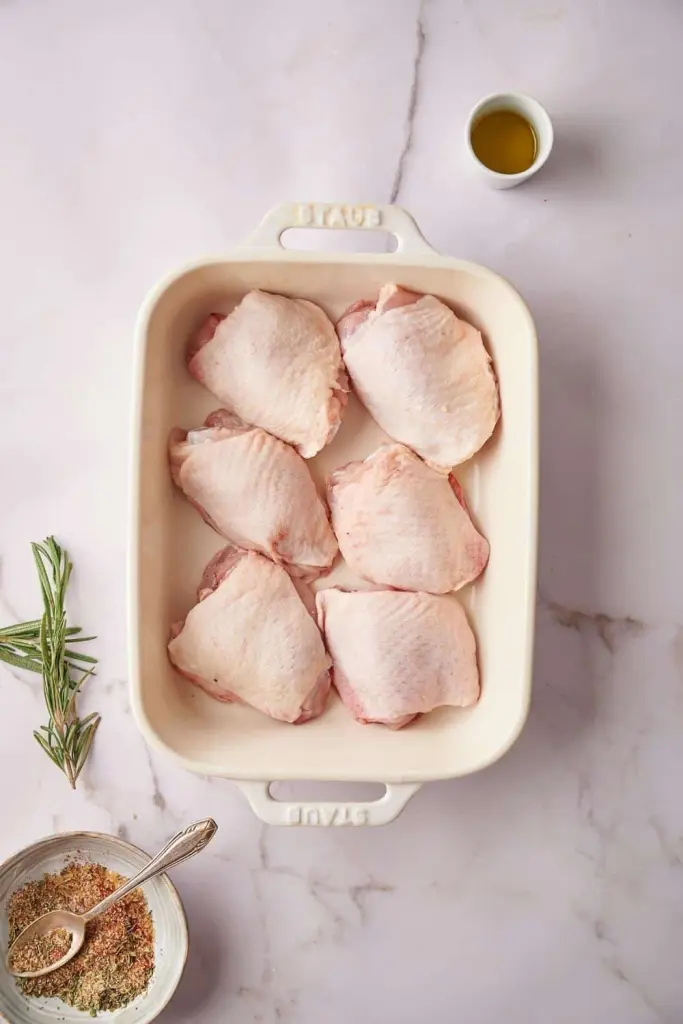
The foundation of this recipe is boneless, skinless chicken thighs. These are preferred for their rich flavor and tendency to remain juicy and tender during cooking. The dark meat of thighs is more forgiving than breast meat, making it less likely to dry out.
Before cooking, the thighs are rubbed with a carefully crafted spice blend, which infuses them with deep, complex flavors. If you're looking for a leaner option, you can substitute boneless, skinless chicken breasts, but be aware that you may need to adjust the cooking time to prevent them from becoming dry.
Seasoning Blend
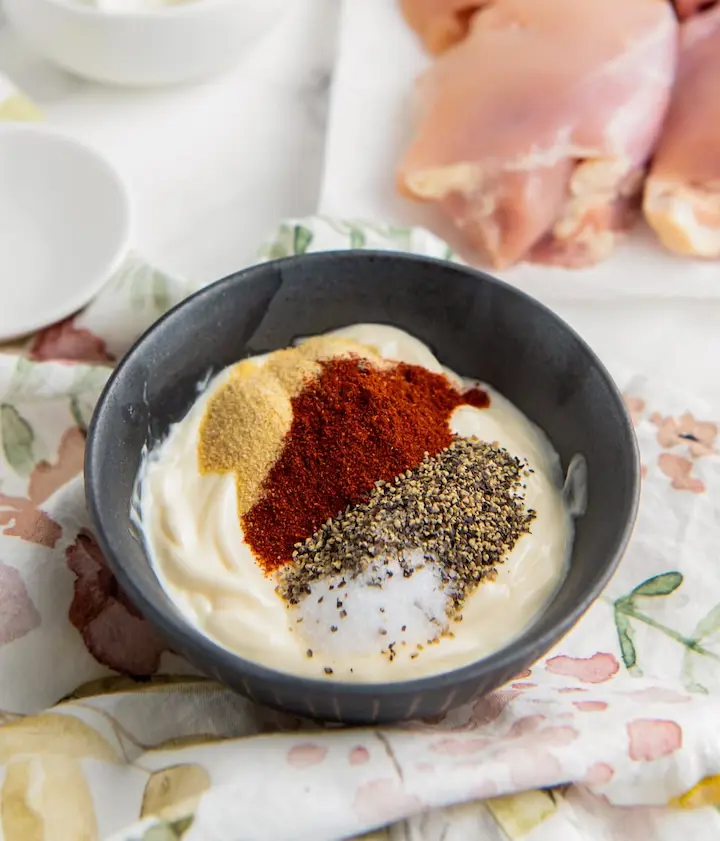
The seasoning mix is a harmonious combination of onion powder, cumin, coriander, paprika, turmeric, salt, and pepper. This blend creates a warm, aromatic profile that complements the chicken beautifully.
The onion powder provides a savory base, while cumin and coriander add earthy, slightly citrusy notes. Paprika contributes a touch of sweetness and color, and turmeric brings its distinctive golden hue and subtle bitterness.
Salt enhances all the flavors, while pepper adds a mild heat. Feel free to adjust the ratios to suit your palate. If you're in the mood for experimentation, try adding a pinch of cayenne for heat, or some dried herbs like thyme or oregano for a Mediterranean twist.
Garlic
In this recipe, sliced garlic is used rather than minced. This choice is deliberate, as sliced garlic imparts a milder, more nuanced flavor to the dish. As the slices cook, they become tender and almost melt into the sauce, providing subtle bursts of garlic flavor without overwhelming the other ingredients.
If you're a garlic enthusiast and prefer a stronger presence, feel free to mince the garlic instead. This will distribute the garlic flavor more evenly throughout the dish. In a pinch, you can substitute garlic powder – use about 1/4 teaspoon for each clove of fresh garlic called for in the recipe.
Broth
Chicken broth forms the liquid base of the sauce, adding depth and savory notes that complement the chicken and spices. It helps to create a luxurious, flavorful sauce that ties all the elements of the dish together.
If you don't have chicken broth on hand, vegetable broth makes an excellent substitute and can even make the dish more accessible for those who don't consume poultry products (aside from the chicken itself, of course). For a richer flavor profile, consider using bone broth, which adds extra depth and nutrients.
